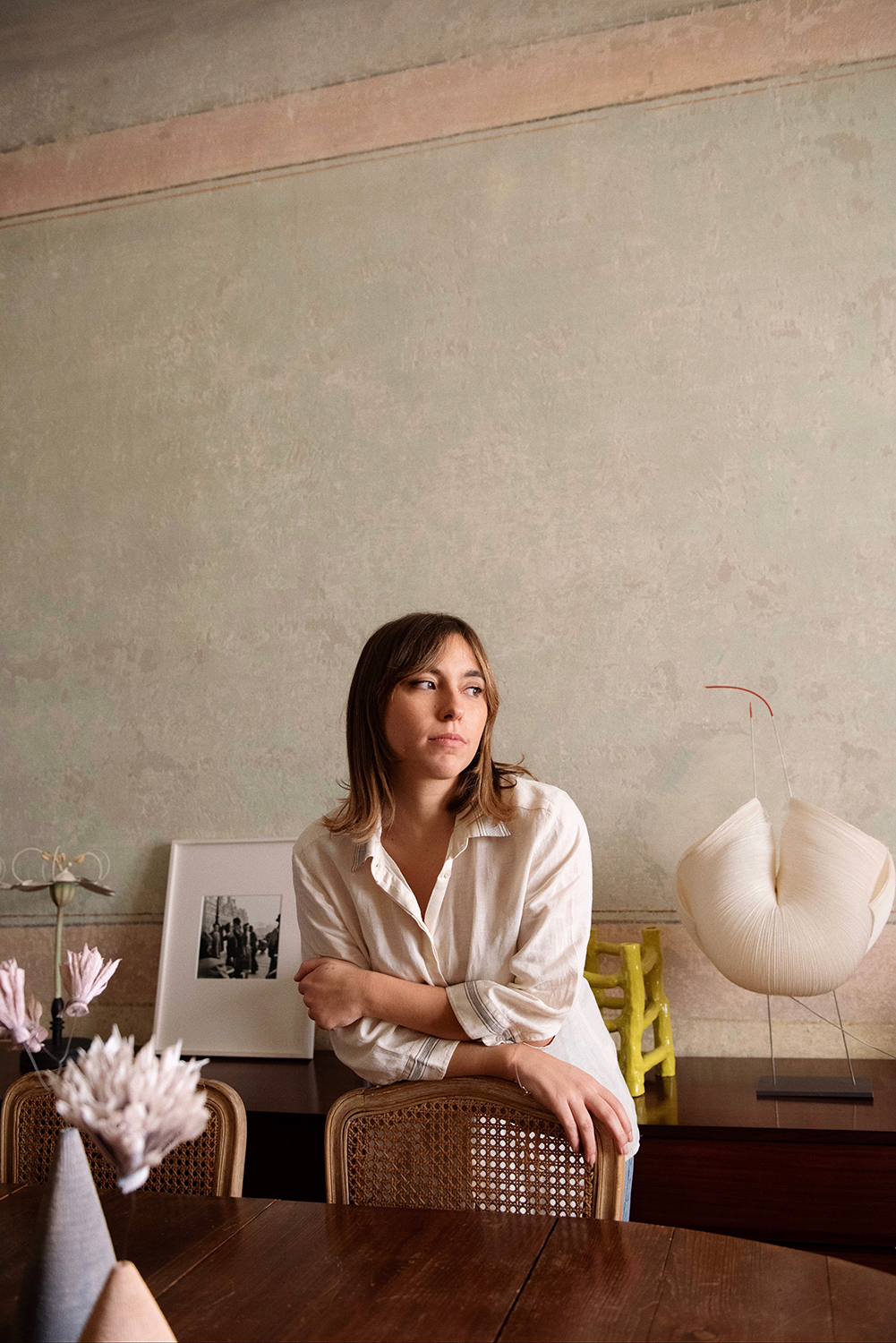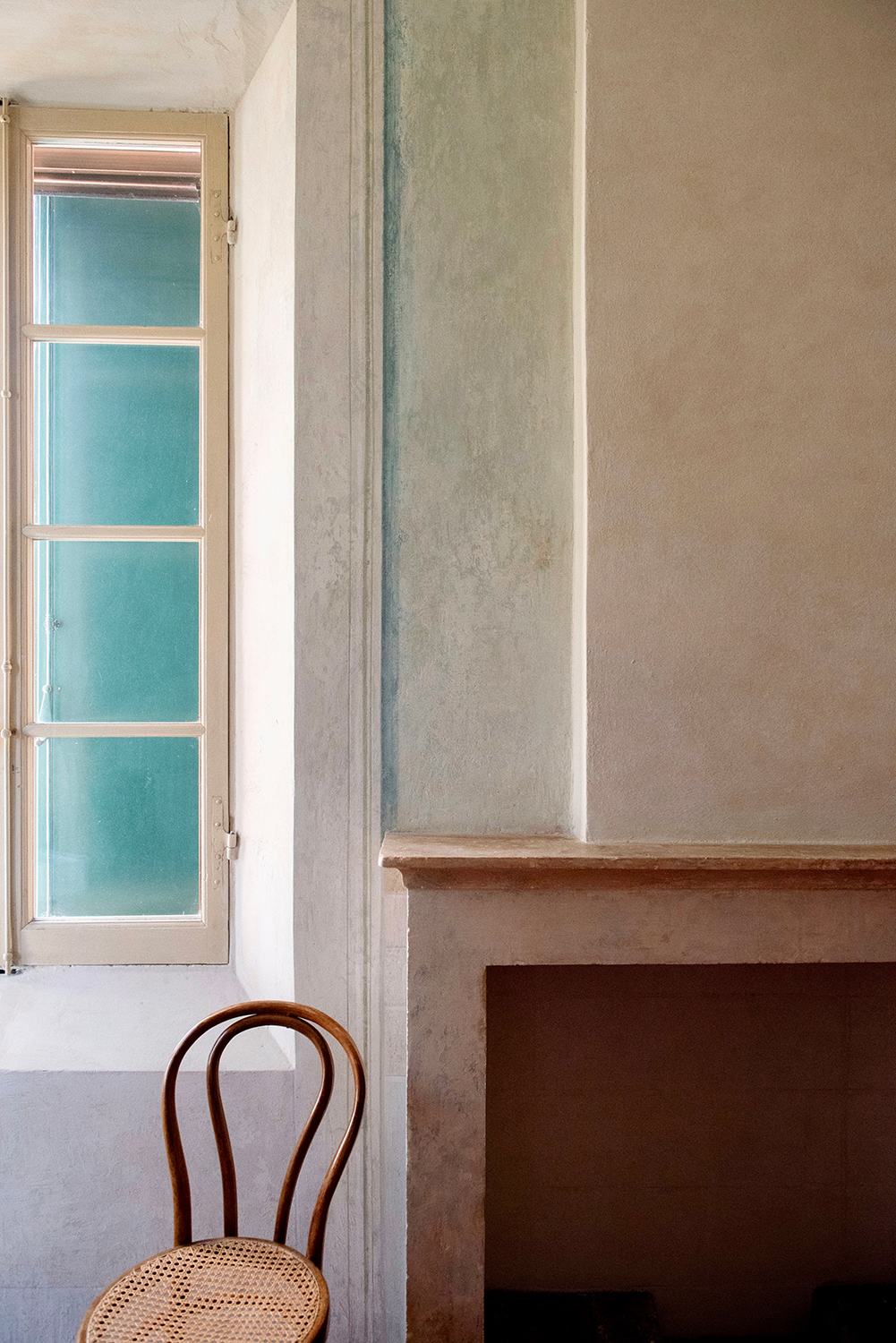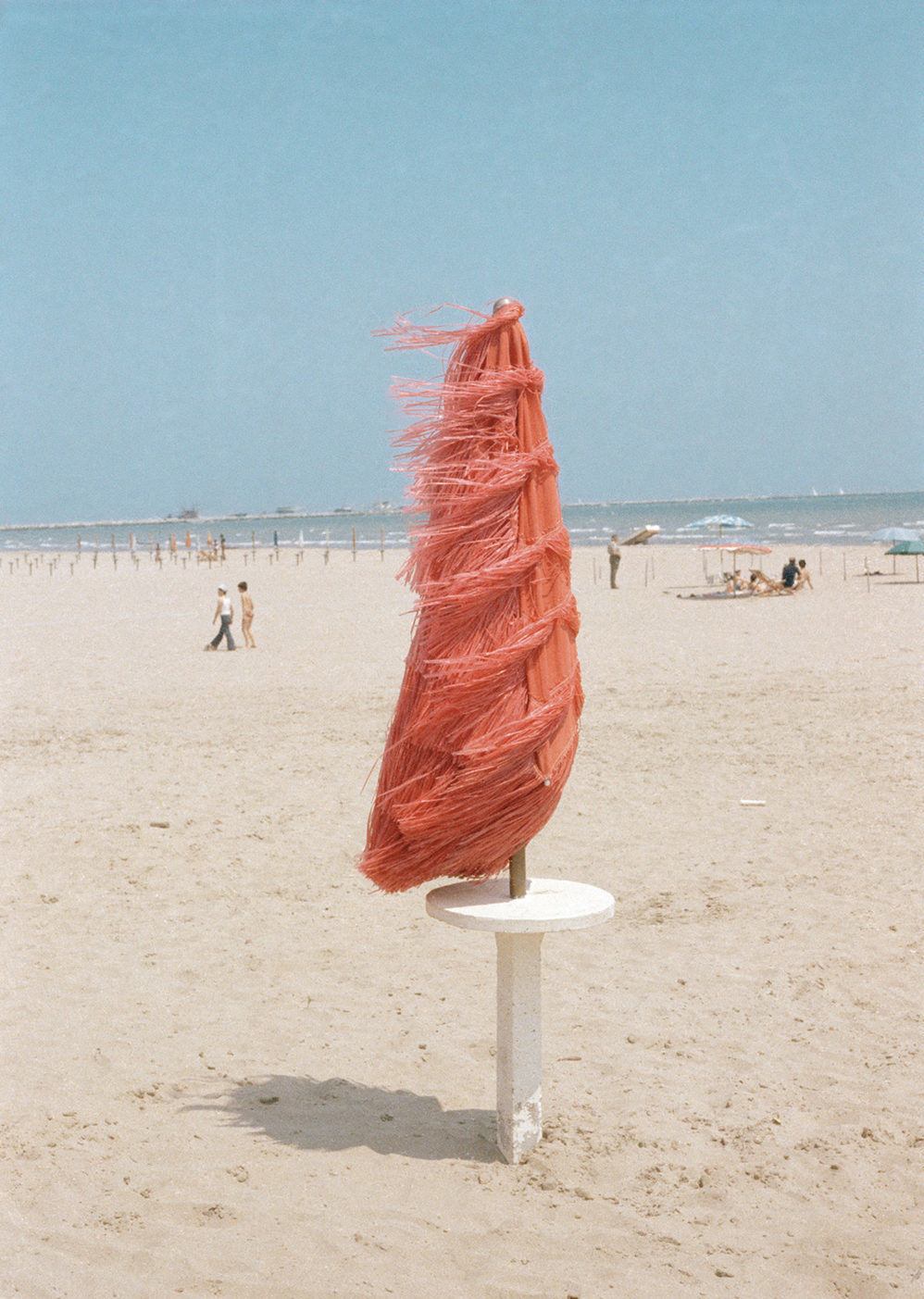
Thinking in Pictures
Luigi Ghirri as seen by Adele Ghirri
Adele Ghirri looks out of the ground-floor window of her studio in Roncocesi – that houses the Luigi Ghirri Archive and is also her home – at the trains passing by, going between Rome and Milan every day. She is right when she remarks: “I don’t think anyone comes to places like this anymore, people just bypass them
But actually, things do happen here.” Her father, Luigi Ghirri, an artist who made his mark on the history of Italian photography, passed away when she was only fourteen months old, shortly after he—together with his wife Paola Borgonzoni—bought and moved to this house not far from Reggio Emilia, in a town familiar to most people as the birthplace of Zucchero (an Italian singer).


Born on 5 January, 1943 in Scandiano, Ghirri was always fascinated by the atmosphere of the province of Emilia and by the stories of film directors, such as Fellini, Antonioni and Zavattini, who spoke of the melancholy of the Po River, of the boundary between greyness and imprecision, of the horizon that merges the sky and land, and, as Ghirri wrote in the text of “Un cancello sul fiume” (A Gate over the River), published in the exhibition catalogue for the 1987 Milan Triennale, of the roads “that seem always to head toward the same point – and thus to nowhere”.


In the text “L’opera aperta” (The Open Work) – that appears in the latest book of writings and interviews published in 2021 by Quodlibet titled Niente di antico sotto il sole (Nothing Old Under the Sun) – Ghirri describes his first encounter with photography: It was as a child, looking at a family photo album and an atlas, two commonplace yet overlooked books that contain the two categories of the world, the private and the public “the inner and the outer, my place and my history, the places and the history of the World”. “A book to stay and one to go,” he wrote, “in my work, right from the start, I have sought to balance this duality, this fracture or division between inner and outer, between personal history and communication with my fellow man.” For Ghirri, photography was a sort of threshold on which subjectivity and objective reality could meet, because an image allows a view of what an individual sees in something that everybody sees.




